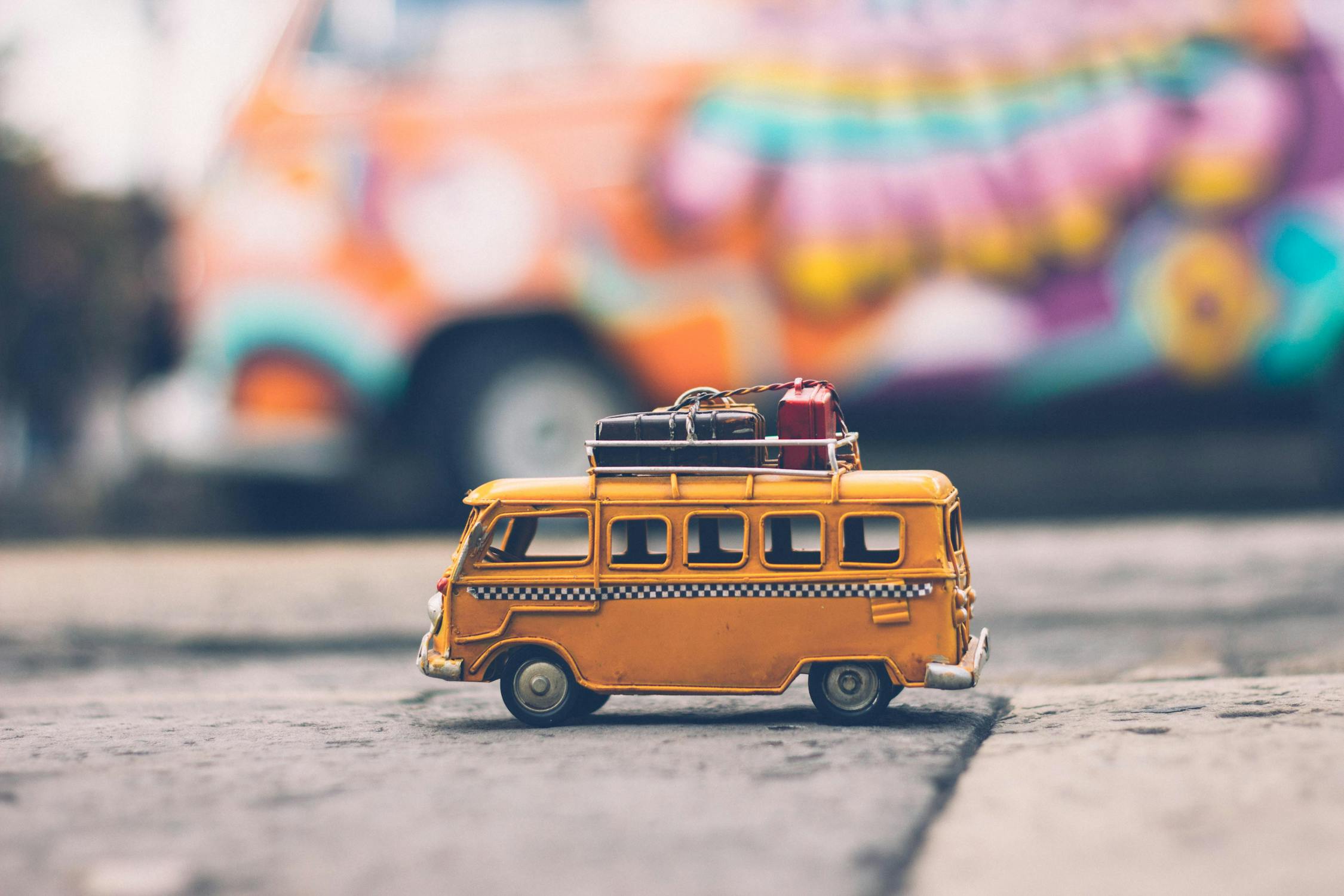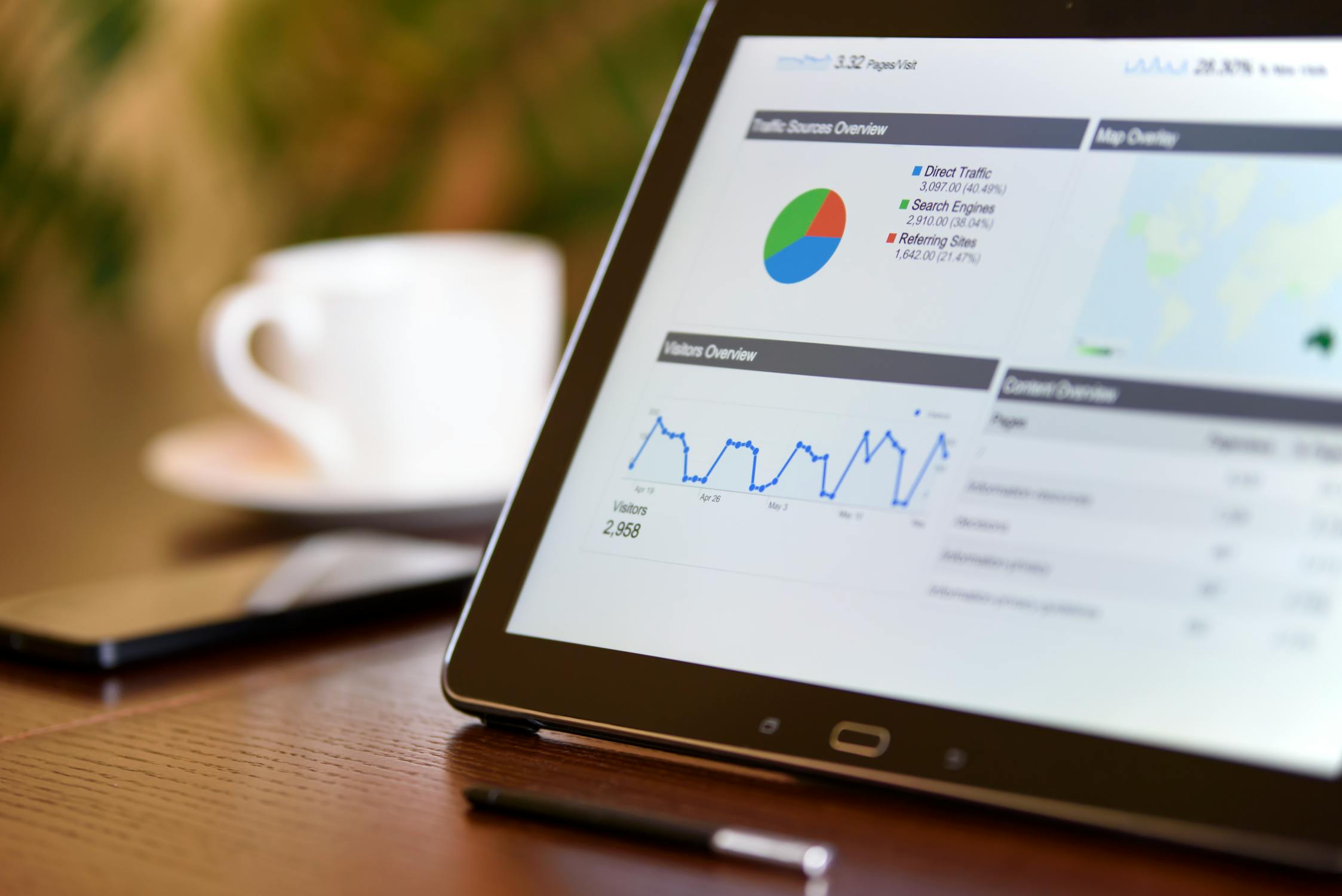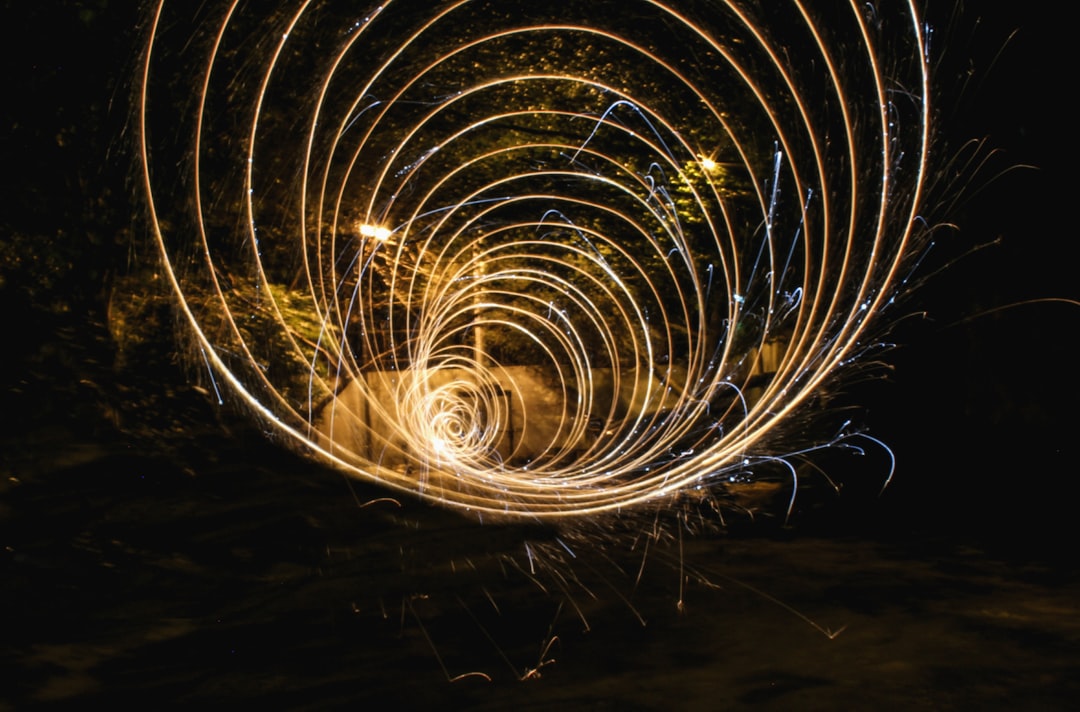The world is grappling with unprecedented environmental challenges, from climate change to resource depletion and mounting waste. For decades, our global economy has operated on a “take-make-dispose” linear model, extracting resources, manufacturing products, and then discarding them. This unsustainable approach is pushing planetary boundaries and creating significant economic inefficiencies.
However, a transformative shift is underway: the rise of the Circular Economy. This innovative framework aims to decouple economic growth from resource consumption, designing out waste and pollution, keeping products and materials in use, and regenerating natural systems. As we navigate 2025, understanding and embracing this model is more critical than ever for businesses, policymakers, and individuals alike.
This article will delve into the core principles of the circular economy, explore its key pillars and leading industries, highlight its profound benefits, and provide actionable steps for you to contribute to this essential global movement. Prepare to discover how we can build a more resilient, prosperous, and sustainable future.
Understanding the Circular Economy Model
At its heart, the circular economy is a systemic approach to economic development designed to benefit businesses, society, and the environment. Unlike the traditional linear model, which follows a one-way path from resource extraction to waste, the circular economy envisions a continuous cycle where resources are kept in use for as long as possible.
It’s not just about recycling; it’s about fundamentally rethinking how products are designed, manufactured, used, and recovered. The goal is to eliminate waste and pollution from the outset, rather than managing it after it’s created.
Linear vs. Circular: A Fundamental Shift
To fully grasp the circular economy, it’s helpful to contrast it with the prevailing linear model. The differences are stark and highlight the urgency of transition.
Linear vs. Circular Economy Principles
| Aspect | Linear Economy | Circular Economy |
|---|---|---|
| Resource Use | Extract, Use, Dispose | Reduce, Reuse, Recycle, Regenerate |
| Waste Concept | Unavoidable byproduct | Design out waste; resources are valuable |
| Product Lifecycle | Short, disposable | Long, durable, repairable, upgradable |
| Economic Model | Volume-driven, consumption-focused | Value-driven, service-oriented, resource efficiency |
The core principles of the circular economy are often summarized as three main tenets:
- Design out waste and pollution: Products and packaging are designed to be durable, reusable, and recyclable from the start.
- Keep products and materials in use: This involves strategies like repair, reuse, remanufacturing, and high-quality recycling.
- Regenerate natural systems: Returning biological materials to the earth and fostering biodiversity, moving beyond simply minimizing harm to actively improving the environment.

Image: Regenerating natural systems is a core principle of the circular economy.
Key Pillars of Circularity in 2025
As of 2025, several innovative approaches are gaining traction, forming the bedrock of the evolving circular economy. These pillars represent practical applications of circular principles across various sectors.
Product-as-a-Service (PaaS) Models
Instead of buying a product outright, consumers pay for the use of a product, with the manufacturer retaining ownership and responsibility for its maintenance, repair, and eventual end-of-life management. This incentivizes companies to design durable, repairable products.
- Examples: Subscription services for clothing, tools, or even lighting systems. Companies like Philips offer “light as a service” to businesses, managing the entire lighting infrastructure.
- Benefits: Reduces consumption, ensures proper recycling or remanufacturing, and often provides better value for the consumer through ongoing service.
Regenerative Design and Materials
This pillar focuses on creating products and systems that not only minimize negative impacts but actively restore and regenerate natural ecosystems. It involves using materials that are safe for both human and environmental health, and that can be cycled indefinitely.
- Bio-based materials: Utilizing renewable resources like agricultural waste, algae, or mycelium (mushroom roots) to create packaging, textiles, and building materials.
- Cradle-to-Cradle certification: A design framework that assesses products for material health, recyclability, renewable energy use, water stewardship, and social fairness.

Image: Effective waste sorting and recycling are crucial components of a circular system.
Industries Leading the Charge
While the circular economy is a cross-cutting concept, some industries are particularly active in pioneering and implementing circular strategies, demonstrating tangible progress in 2025.
Fashion and Textiles: Closing the Loop
The fashion industry, historically known for its linear “fast fashion” model, is undergoing a significant transformation. Brands are increasingly adopting circular practices to reduce their environmental footprint.
- Rental and Resale Platforms: Companies like Rent the Runway and ThredUp are popularizing the idea of using clothes multiple times by different people, extending their lifespan.
- Material Innovation: Development of new fibers from recycled textiles or agricultural waste, and processes that allow for garment-to-garment recycling without significant quality loss.
- Take-back Schemes: Many brands now offer programs where customers can return old garments for recycling or repurposing, ensuring materials stay in circulation.
Electronics: Longevity and Repairability
The electronics sector faces immense challenges due to rapid technological obsolescence and complex material compositions. Circular strategies focus on extending product life and improving end-of-life recovery.
- Modular Design: Designing devices with easily replaceable components (e.g., batteries, screens) to facilitate repairs and upgrades, reducing the need for entirely new products.
- Refurbishment and Remanufacturing: A growing market for refurbished electronics offers high-quality, lower-cost alternatives, keeping valuable materials in use.
- Right to Repair Movement: Legislative efforts in various regions are empowering consumers and independent repair shops with access to parts, tools, and information, combating planned obsolescence.
The Economic and Environmental Benefits
The transition to a circular economy offers a multitude of benefits that extend far beyond environmental protection, creating new economic opportunities and enhancing societal well-being.
Driving Innovation and Job Creation
Embracing circularity stimulates innovation in product design, material science, and business models. This, in turn, creates new jobs in areas like repair, remanufacturing, logistics for reverse supply chains, and green technology development.
“The circular economy represents a multi-trillion dollar opportunity, capable of generating significant economic value while addressing critical environmental challenges.”
— Ellen MacArthur Foundation
Studies, such as the Circularity Gap Report 2024 by Circle Economy, consistently highlight the vast economic potential, including reduced material costs and new revenue streams from circular products and services.
Reducing Carbon Footprint and Resource Depletion
By keeping materials in use, the circular economy significantly reduces the demand for virgin resources, minimizing the environmental impact associated with extraction and processing. This also leads to substantial reductions in greenhouse gas emissions.
- Energy Savings: Recycling and remanufacturing processes often require less energy than producing goods from scratch.
- Pollution Reduction: Less waste going to landfills and incinerators means reduced soil, water, and air pollution.

Image: The circular economy fosters environmental regeneration and sustainable growth.
How You Can Participate in the Circular Shift
The transition to a circular economy requires collective action. As individuals, our choices have a significant impact and can drive demand for more sustainable products and services.
Consumer Choices for a Circular Future
Every purchase decision is an opportunity to support circular practices. Consider these actions:
- Prioritize Durability and Repairability: Choose products designed to last and that can be easily repaired or upgraded. Look for brands that offer spare parts and repair services.
- Embrace Second-Hand and Rental: Explore options for buying used items, renting tools or clothing, and participating in sharing economies.
- Support Circular Businesses: Seek out companies that actively implement circular principles, such as take-back programs, product-as-a-service models, or those using recycled/regenerative materials.
- Reduce and Reuse First: Before recycling, always consider if you can reduce your consumption or reuse an item in a new way.
Advocating for Policy and Business Change
Beyond individual consumption, advocating for broader systemic change is crucial.
- Stay Informed: Understand the policies and initiatives in your region related to waste management, recycling, and sustainable production.
- Engage with Brands: Provide feedback to companies, encouraging them to adopt more circular practices and transparent supply chains.
- Support Right to Repair: Advocate for legislation that ensures consumers and independent repair shops have the right to repair their products.
Conclusion: Building a Resilient Future
The circular economy is not merely an environmental initiative; it is a comprehensive framework for economic resilience, innovation, and social equity. By designing out waste, keeping materials in use, and regenerating natural systems, we can move beyond the limitations of the linear model and create a truly sustainable future.
As 2025 progresses, the momentum behind circular practices is undeniable, driven by both necessity and opportunity. Businesses are discovering new revenue streams, governments are implementing supportive policies, and consumers are increasingly demanding more responsible products.
Ready to Join the Circular Movement?
Start by assessing your own consumption habits and identifying one area where you can make a more circular choice today. Whether it’s repairing an item, buying second-hand, or choosing a product-as-a-service, every action contributes to a larger, more sustainable system.
What steps will you take to embrace the circular economy in your daily life? Share your ideas and inspire others!
Further Reading & Resources
- What is the Circular Economy? – Ellen MacArthur Foundation: A comprehensive overview from a leading authority on the subject.
- The Circularity Gap Report 2024 – Circle Economy: Provides annual insights into the global state of circularity and actionable strategies.
- Why the circular economy is key to tackling climate change – World Economic Forum: An article detailing the environmental benefits and urgency of the circular transition.
